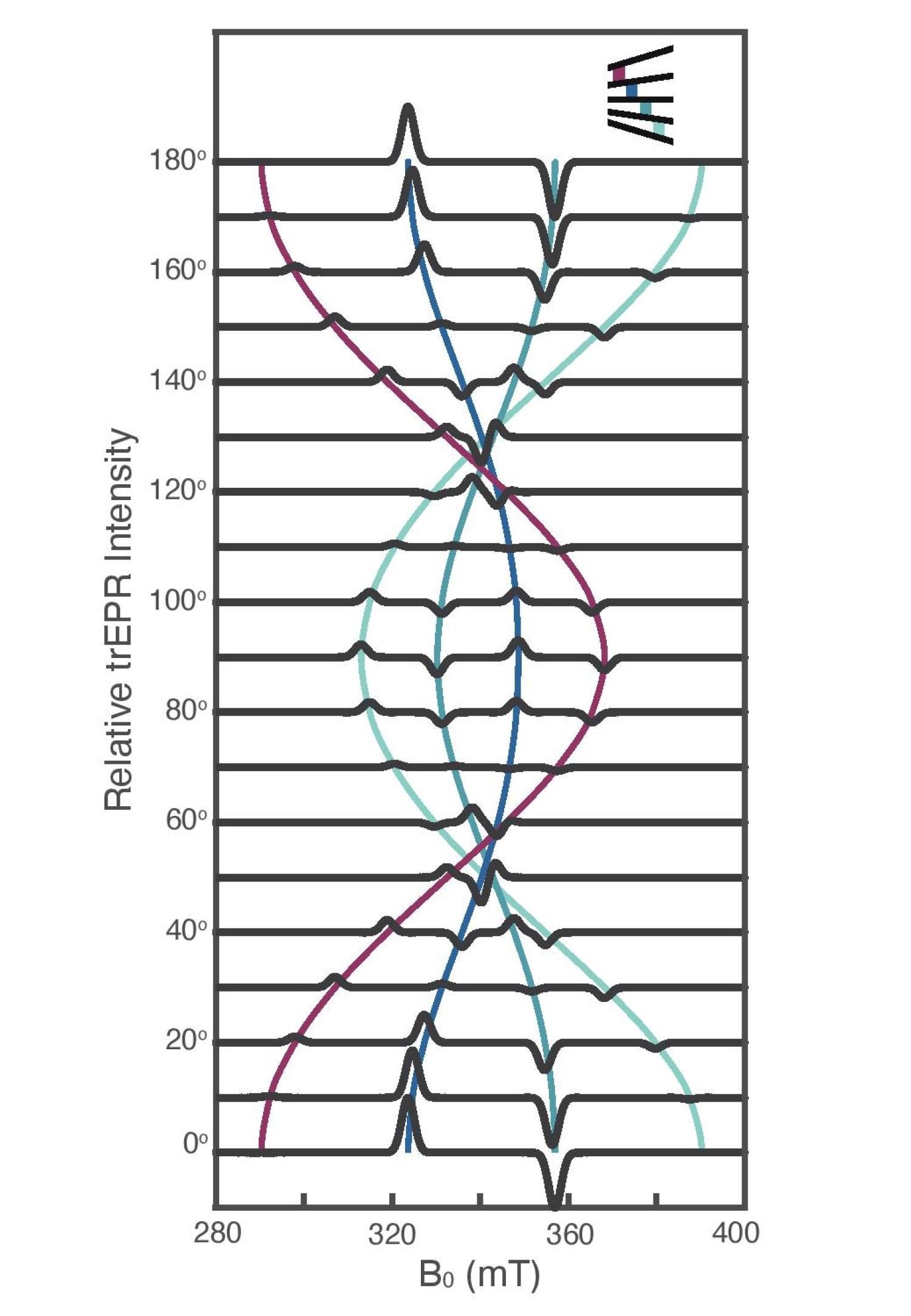Singlet fission for quantum information and quantum computing: the parallel JDE model

Singlet fission is a photoconversion process that generates a doubly excited, maximally spin entangled pair state. This state has applications to quantum information and computing that are only beginning to be realized. In this article, we construct and analyze a spin-exciton hamiltonian to describe the dynamics of the two-triplet state. We find the selection rules that connect the doubly excited, spin-singlet state to the manifold of quintet states and comment on the mechanism and conditions for the transition into formally independent triplets. For adjacent dimers that are oriented and immobilized in an inert host, singlet fission can be strongly state-selective. We make predictions for electron paramagnetic resonance experiments and analyze experimental data from recent literature. Our results give conditions for which magnetic resonance pulses can drive transitions between optically polarized magnetic sublevels of the two-exciton states, making it possible to realize quantum gates at room temperature in these systems.
Smyser, K. E. and Eaves, J. D., Singlet fission for quantum information and quantum computing: the parallel JDE model. Sci. Rep. 10 18480 (2020)

